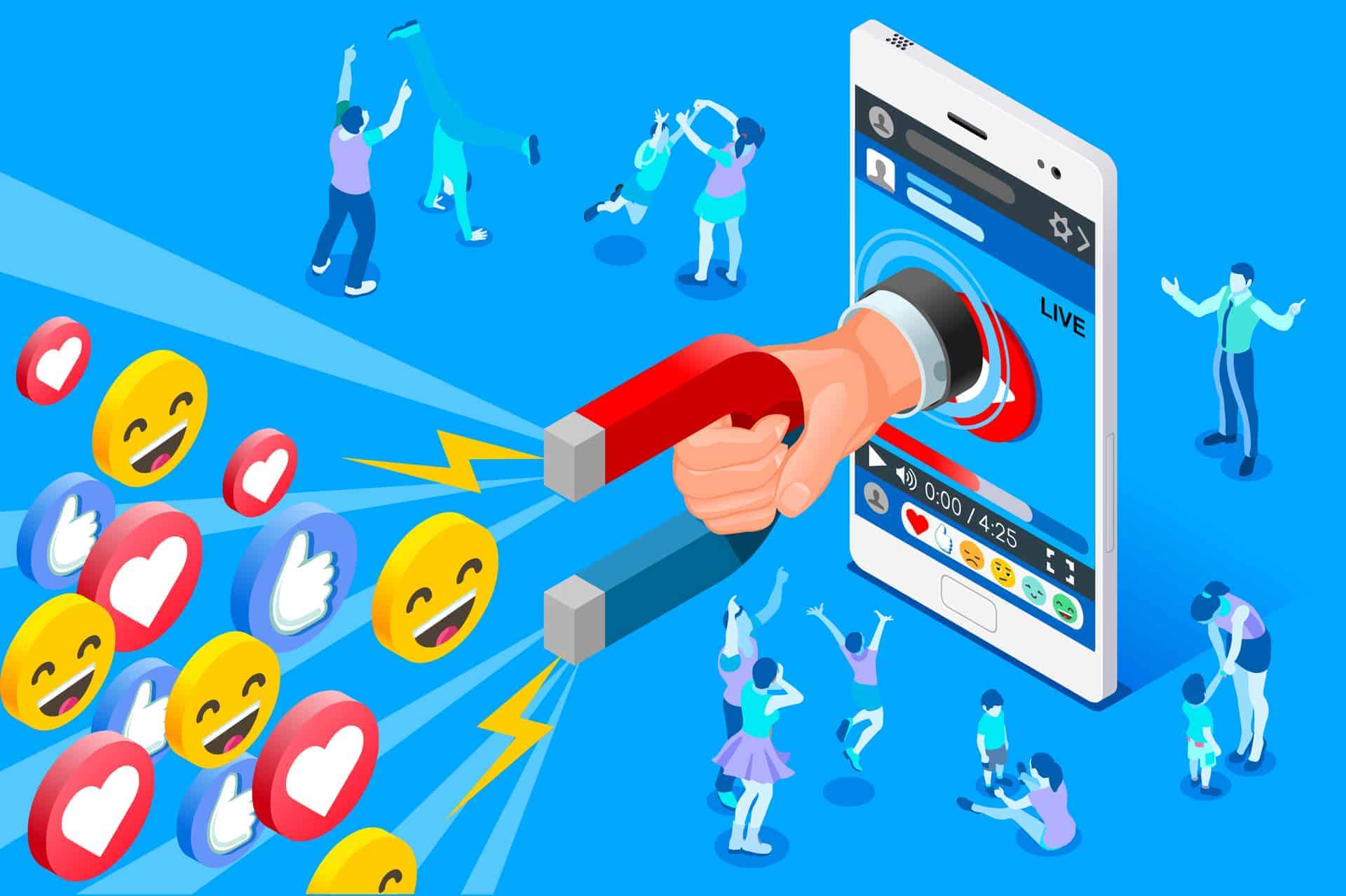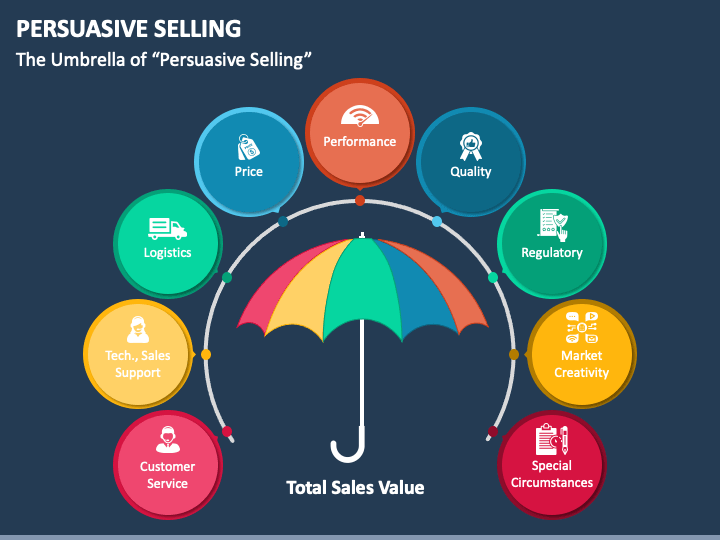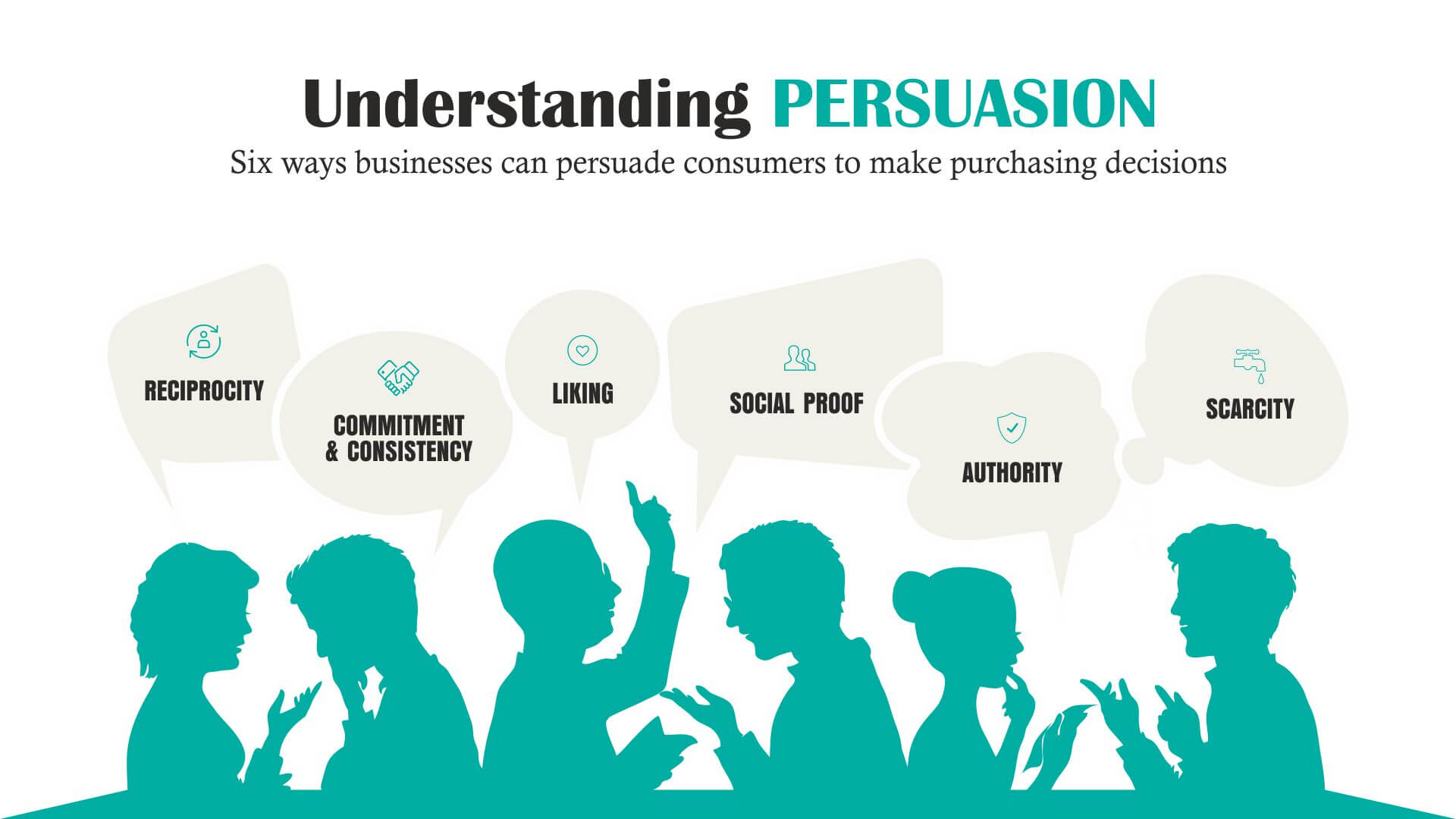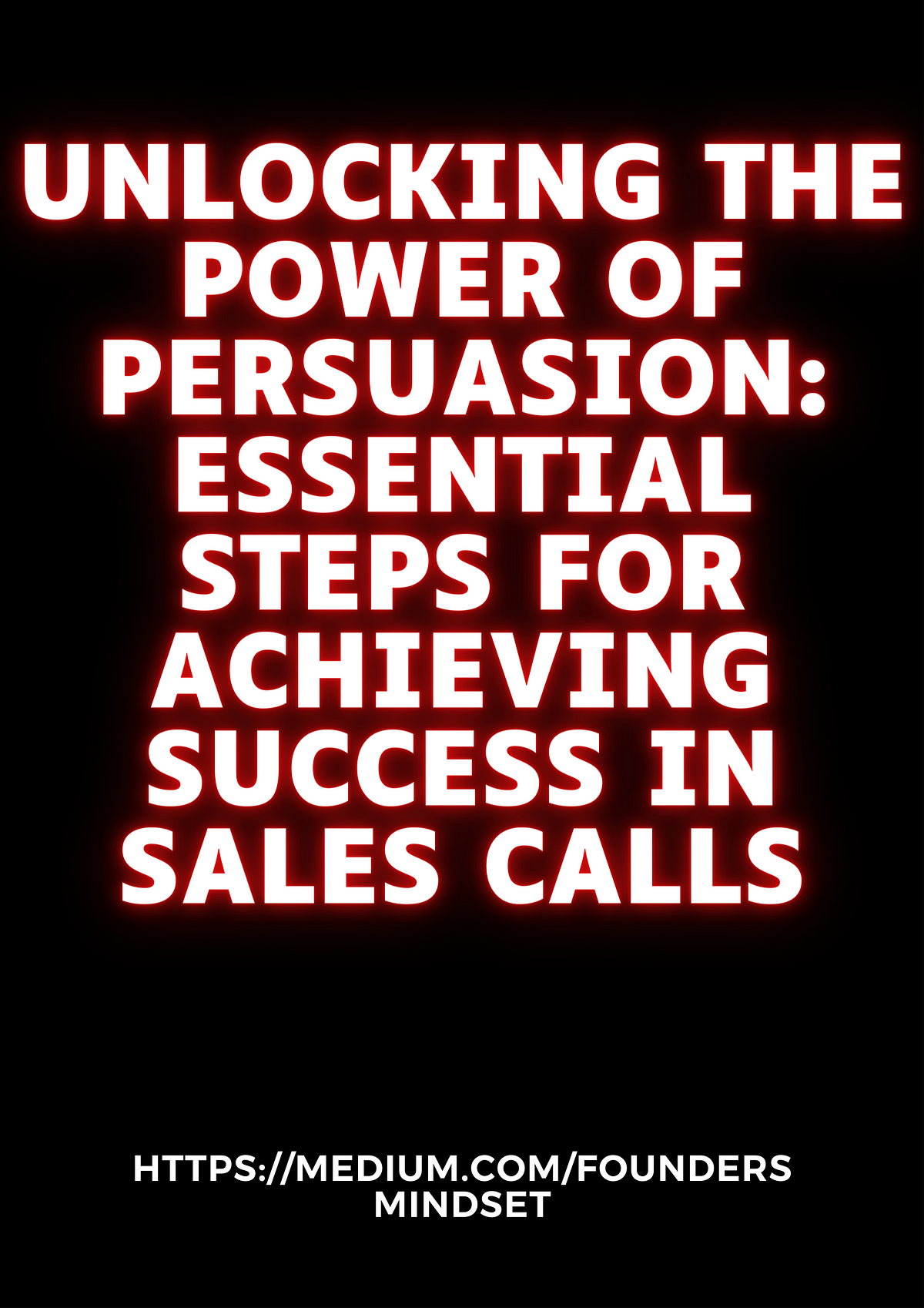Unlocking the Power of Persuasion: A Guide to Selling Your Product or Service

You’ve poured your heart and soul into crafting a product or service that you believe in. Now, the challenge is to connect with your ideal customer and convince them that what you offer is exactly what they need. This is where the art of persuasion comes in, and I’m here to equip you with the tools to do just that.
Understanding Your Ideal Customer: The Foundation of Effective Communication

Before we dive into the specifics of highlighting features and benefits, let’s start with the most important element: knowing your ideal customer inside and out.
Ask yourself these questions:
- Who is your ideal customer? What are their demographics (age, gender, location, income), interests, hobbies, and lifestyle?
- What are their pain points? What problems are they facing that your product or service can solve?
- What are their motivations? What are their goals, aspirations, and values?
- Where do they hang out online and offline? This will help you target your marketing efforts effectively.



The Power of "What’s In It For Me?"
Your ideal customer is ultimately driven by one question: "What’s in it for me?" This is where the concept of "features and benefits" comes into play.

- Features: These are the tangible aspects of your product or service. Think of them as the ingredients in a recipe.
- Benefits: These are the intangible results your customer will experience by using your product or service. Think of them as the delicious meal you create from those ingredients.


Transforming Features into Compelling Benefits

The key to effective persuasion lies in translating features into benefits that resonate with your customer’s needs and desires.
Here’s a simple formula:
- Feature: [State the feature of your product or service]
- Benefit: [Explain how this feature solves a specific problem or fulfills a specific need for your customer]


Example:
- Feature: Our software has a user-friendly interface.
- Benefit: You can easily navigate our software and get started quickly, even if you have no prior experience with similar platforms.


Crafting Your Unique Selling Proposition (USP)
Your USP is the single most important thing that sets you apart from your competitors. It’s the unique value proposition that makes your product or service irresistible to your ideal customer.
To define your USP, consider these questions:
- What makes your product or service different from the competition?
- What are the key advantages of using your product or service?
- What problem do you solve better than anyone else?
Highlighting Key Features and Benefits:
Now that you understand your ideal customer and have defined your USP, it’s time to focus on the specific features and benefits that will resonate most with them.
Here are some key areas to consider:
1. Problem Solving:
- Identify the specific problems your product or service solves. Don’t just state the problem; describe the negative consequences of not solving it.
- Emphasize how your product or service provides a solution. Use vivid language to paint a picture of the positive outcomes your customer will experience.
Example:
- Problem: "Are you tired of spending hours searching for the perfect recipe online?"
- Solution: "Our recipe app curates personalized recommendations based on your dietary preferences and cooking skills, saving you time and effort."
2. Value and Savings:
- Quantify the value your product or service provides. Use numbers and statistics to demonstrate tangible benefits.
- Highlight any cost savings or increased efficiency your product or service offers. Show your customer how they can save money or time.
Example:
- Value: "Our energy-efficient windows can reduce your heating and cooling costs by up to 20%."
- Savings: "By switching to our online subscription service, you can save up to 50% compared to traditional retail prices."
3. Convenience and Ease of Use:
- Emphasize the ease of use and convenience of your product or service. Show your customer how it can simplify their life.
- Highlight any unique features that make your product or service stand out. This could include mobile accessibility, 24/7 customer support, or a user-friendly interface.
Example:
- Convenience: "Our mobile app allows you to order groceries from the comfort of your own home and have them delivered right to your doorstep."
- Ease of Use: "Our software is designed with a simple, intuitive interface that anyone can learn to use."
4. Social Proof and Trust:
- Showcase testimonials from satisfied customers. Real-life stories are powerful persuasion tools.
- Highlight any awards, certifications, or industry recognition you have received. This builds credibility and trust.
Example:
- Testimonial: "Since using your product, my productivity has increased by 30%. I highly recommend it to anyone looking for a way to streamline their workflow."
- Award: "We are proud to be recognized as the #1 customer service provider in our industry."
5. Emotional Connection:
- Appeal to your customer’s emotions. Connect with their desires, fears, and aspirations.
- Use storytelling to create a personal connection. Share stories about how your product or service has made a positive impact on others.
Example:
- Desire: "Imagine yourself relaxing on a beautiful beach, knowing that your home is safe and secure thanks to our advanced security system."
- Storytelling: "We helped a young couple achieve their dream of owning a home, and now they’re enjoying their new life together."
The Power of Storytelling
Stories are powerful tools for persuasion. They connect with our emotions and make information more memorable.
When crafting your story, consider these elements:
- Establish a clear beginning, middle, and end.
- Introduce relatable characters that your audience can connect with.
- Use vivid language to create a sense of place and atmosphere.
- Emphasize the emotional impact of your product or service.
Example:
"Sarah was struggling to juggle her busy work schedule with her family commitments. She was constantly feeling overwhelmed and stressed. Then she discovered our time management app, which helped her organize her tasks, prioritize her time, and finally achieve a sense of balance in her life. Now, Sarah is happier, more productive, and has more time to spend with her family."
Call to Action:
Don’t leave your customer hanging! Always end your communication with a clear call to action. Tell them what you want them to do next.
Examples:
- "Visit our website to learn more about our products and services."
- "Schedule a free consultation to discuss your specific needs."
- "Download our free ebook to discover the secrets to [desired outcome]."
Conclusion:
Persuading potential customers to choose your product or service is a skill that can be learned and honed. By understanding your ideal customer, crafting compelling features and benefits, and using storytelling to create an emotional connection, you can effectively communicate the value of what you offer and guide them towards making an informed purchasing decision. Remember, the key is to focus on the "What’s In It For Me?" factor and present your product or service as the solution to their specific problems and desires.

